I’ve had a picture selected for the Center for Photographic Art Member’s Exhibition. I submitted ten images for the infrared freeform-stitched work that I did in a nearby oak grove a few month ago. My tentative title for the series is Los Robles.
I’ll show you all ten images today, and you can play juror. Tomorrow I’ll post the image the Richard Gadd picked.
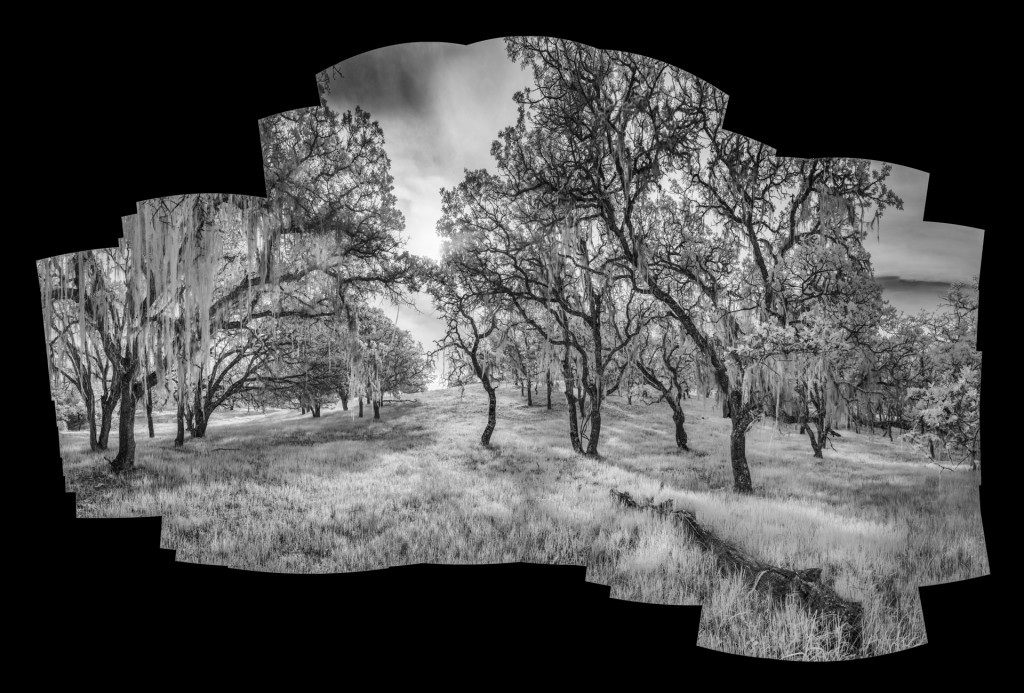
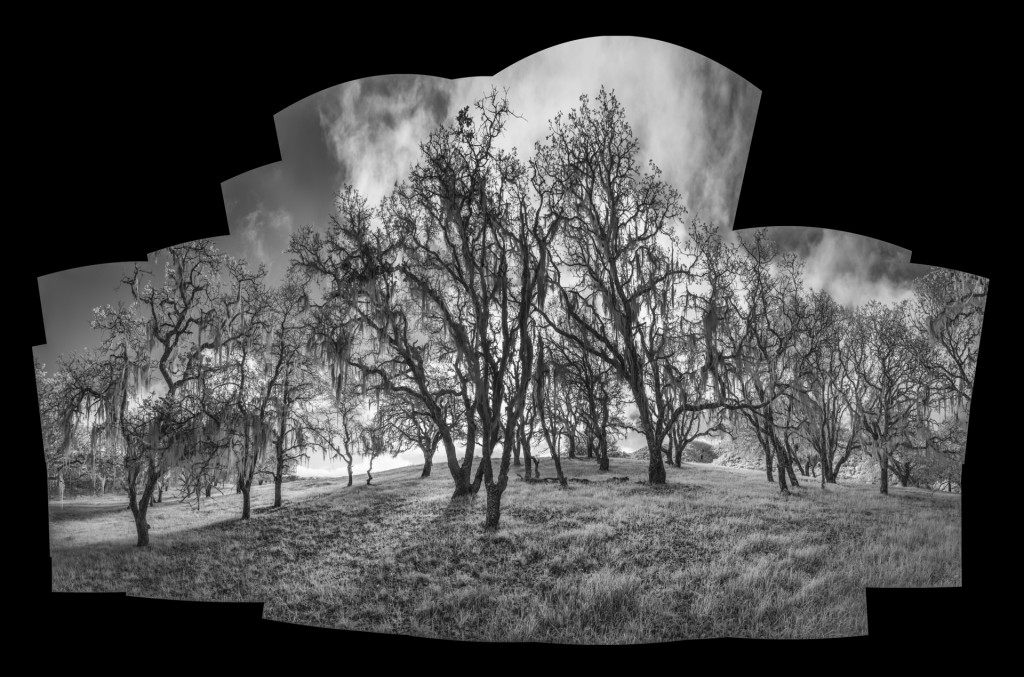
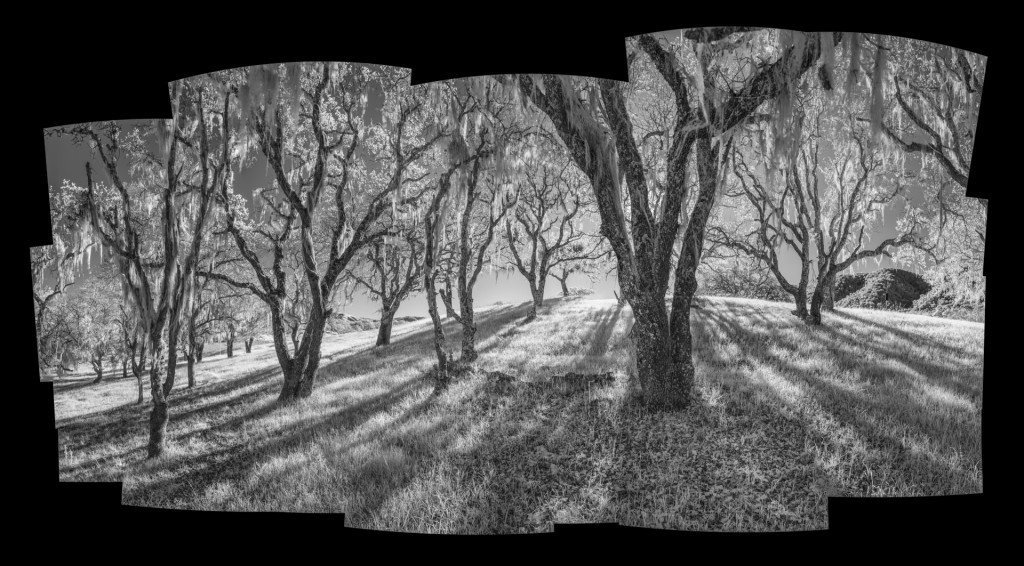
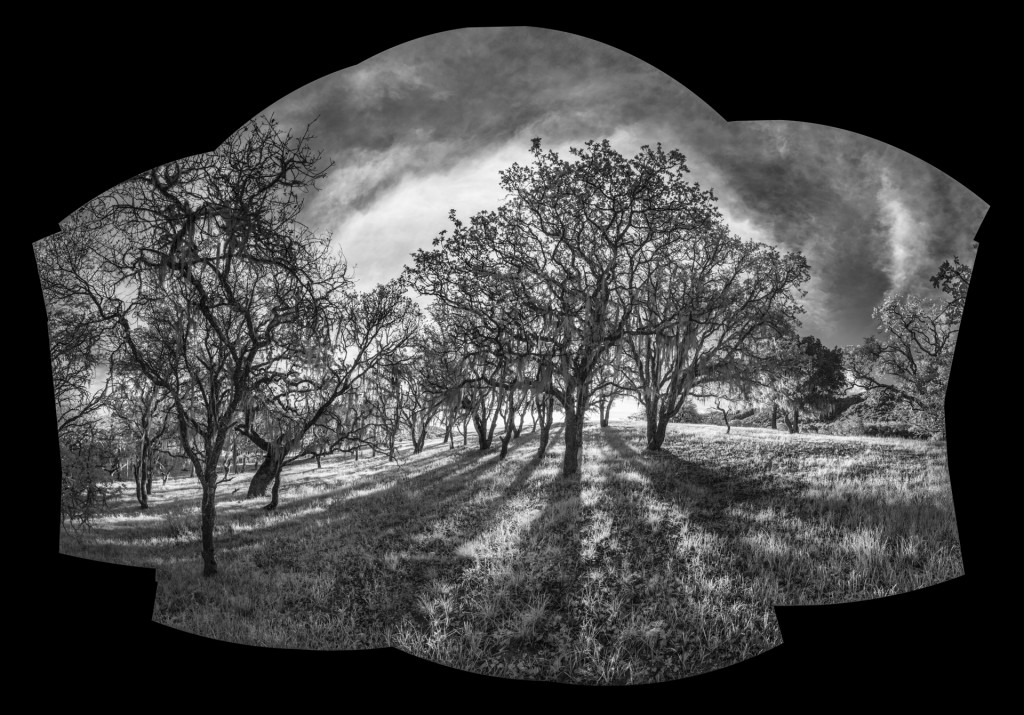
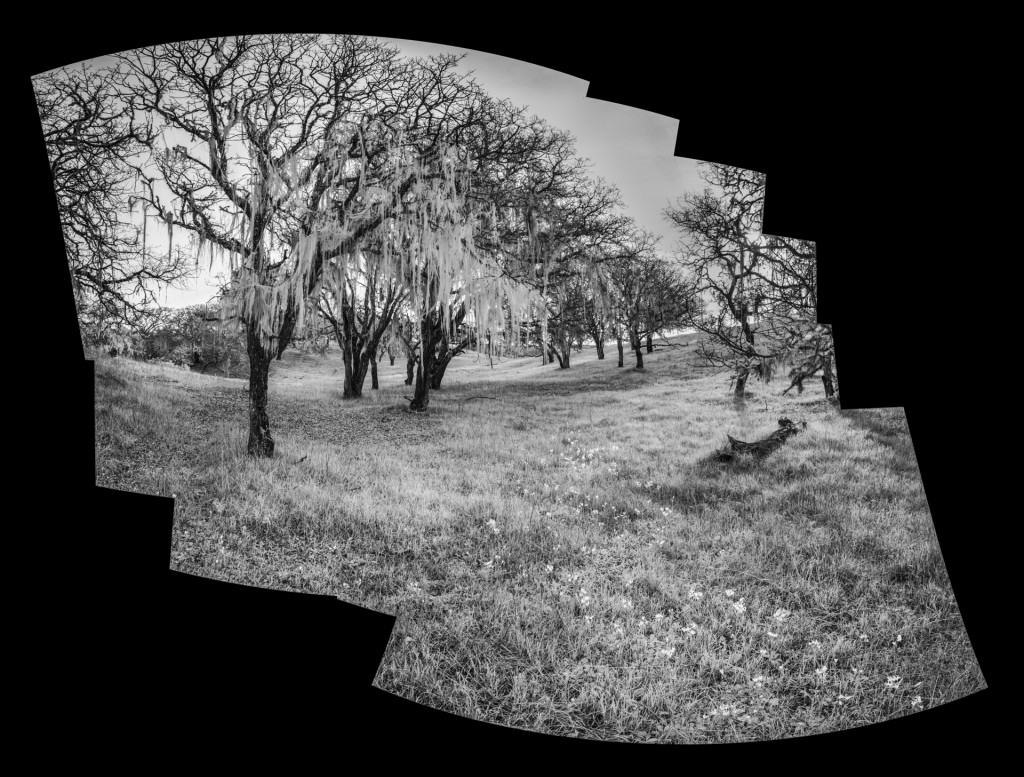
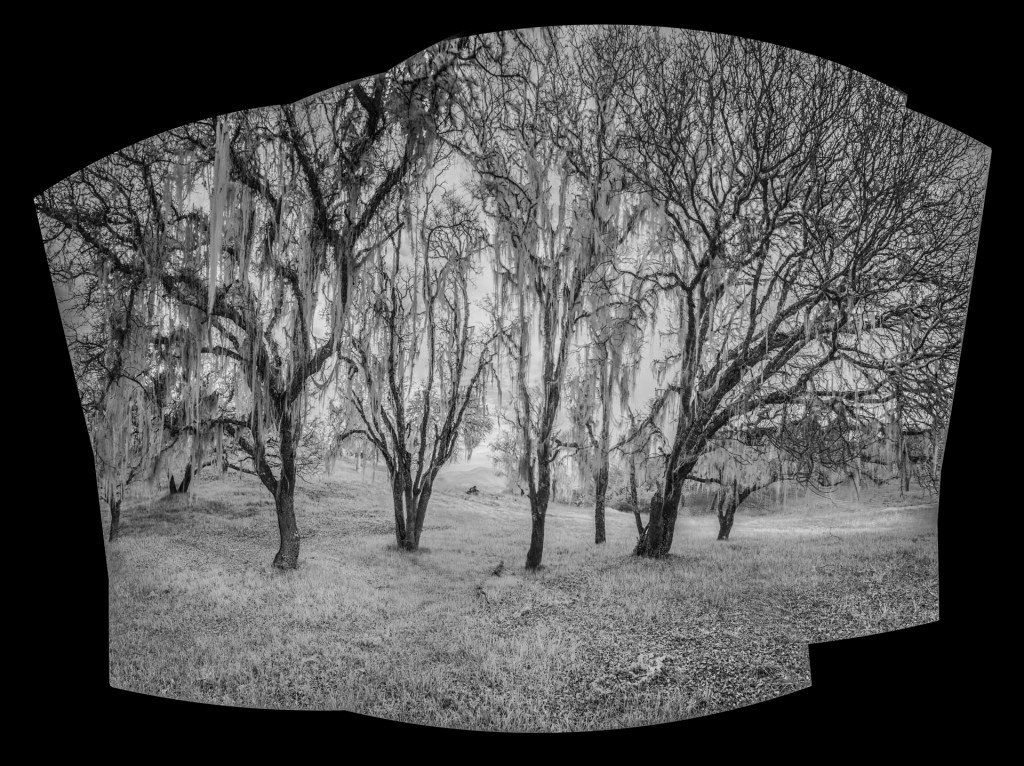
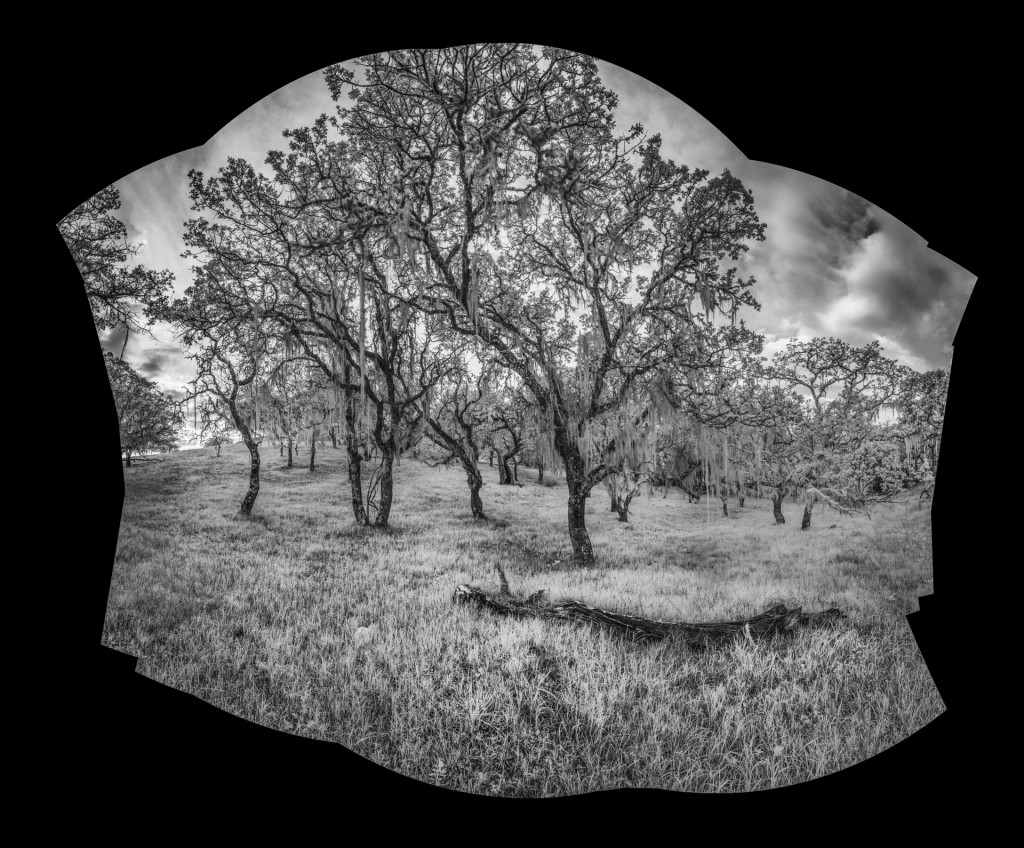
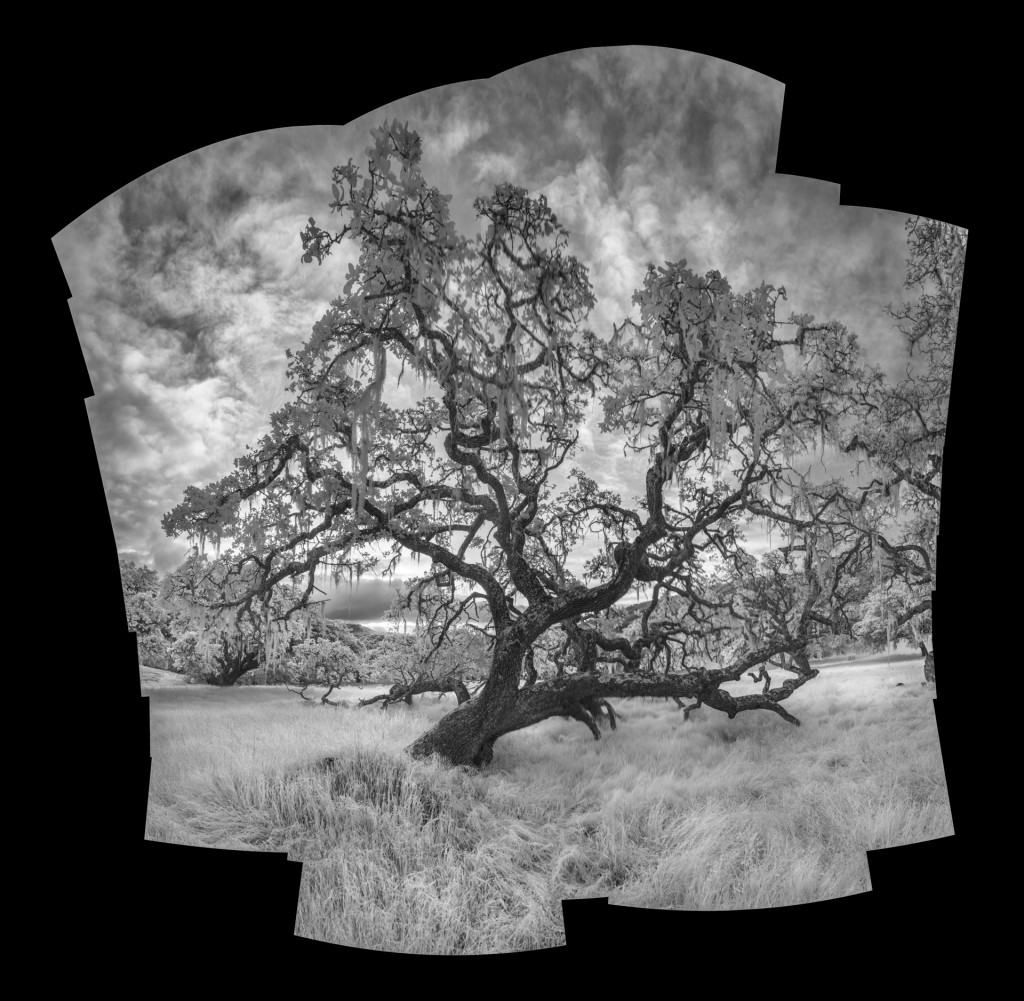
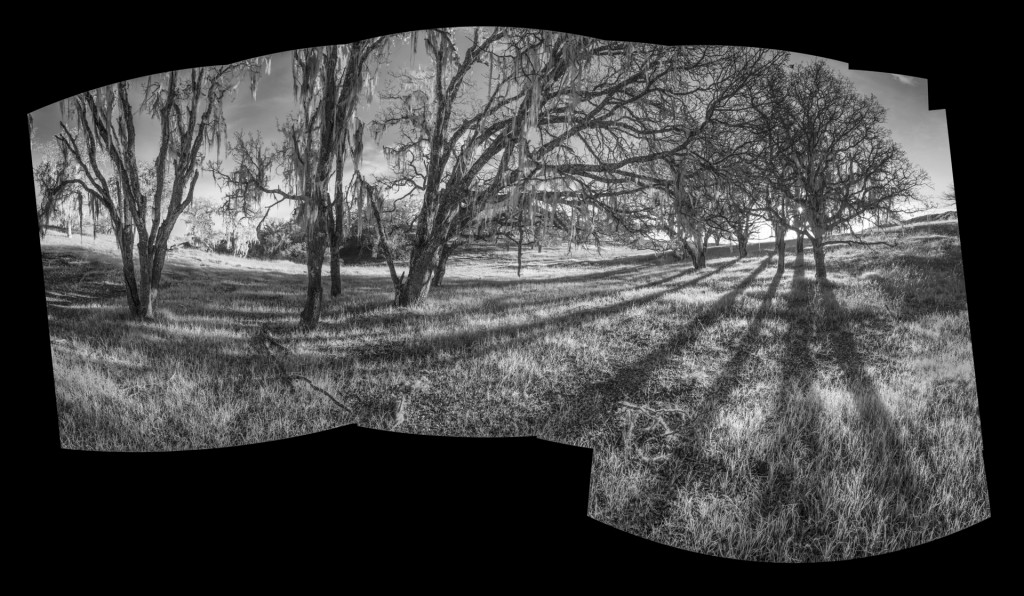
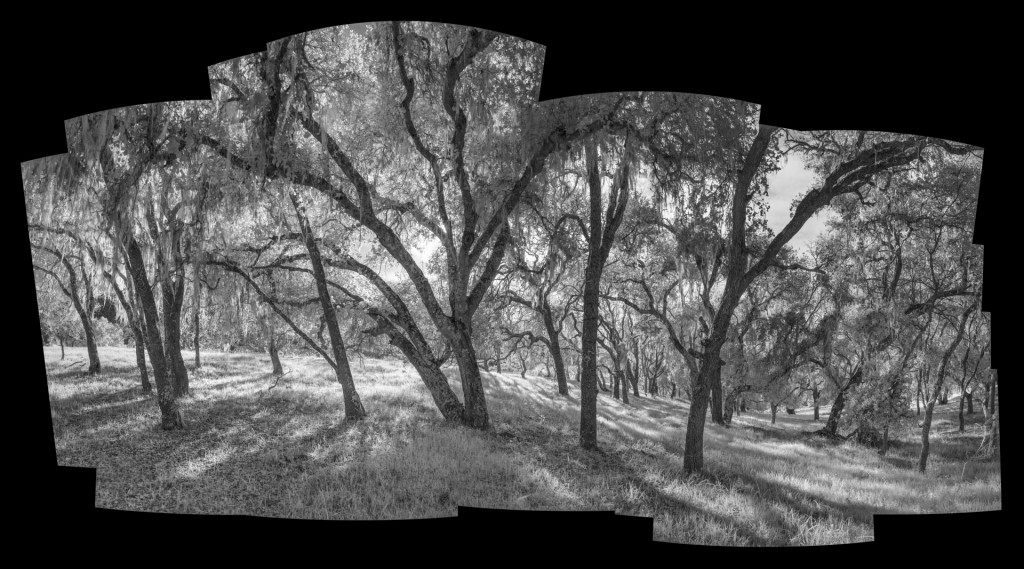
As a certified tree nut, I like #8 best
What size are they displayed in (were they chosen between in)?
That would probably affect my choice.
For now, I like #3.
Electronic images. 1920 px in the long direction, to the juror.
For the show, framed prints, in my case 20 in in the long direction plus mat and frame.
congratulations Jim.
My favorites are 1 (depth), 8 (striking) and 3 (mood) . Amongst those 3 , hard to pick 1, but as tree person, i would probably pick 8.
1, 5 or 8!
Great series